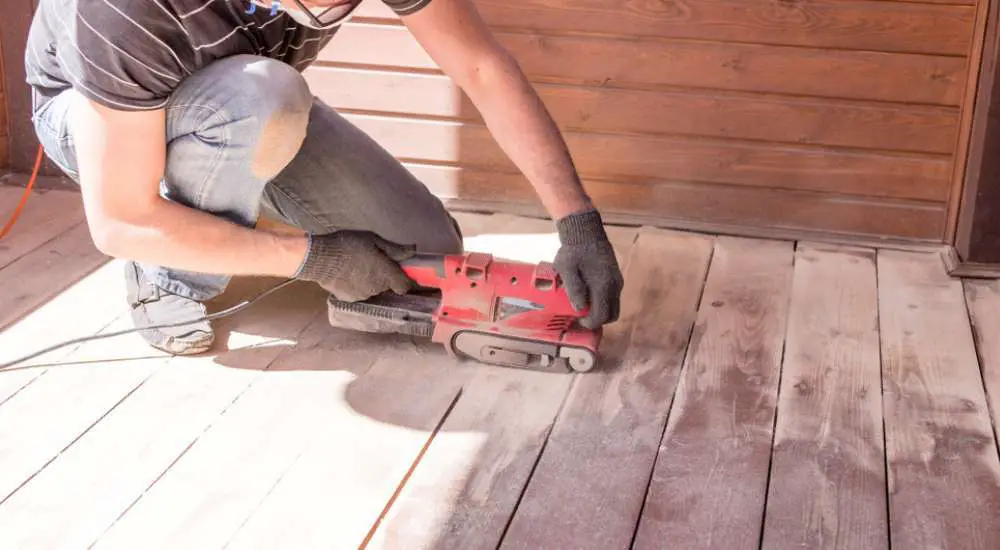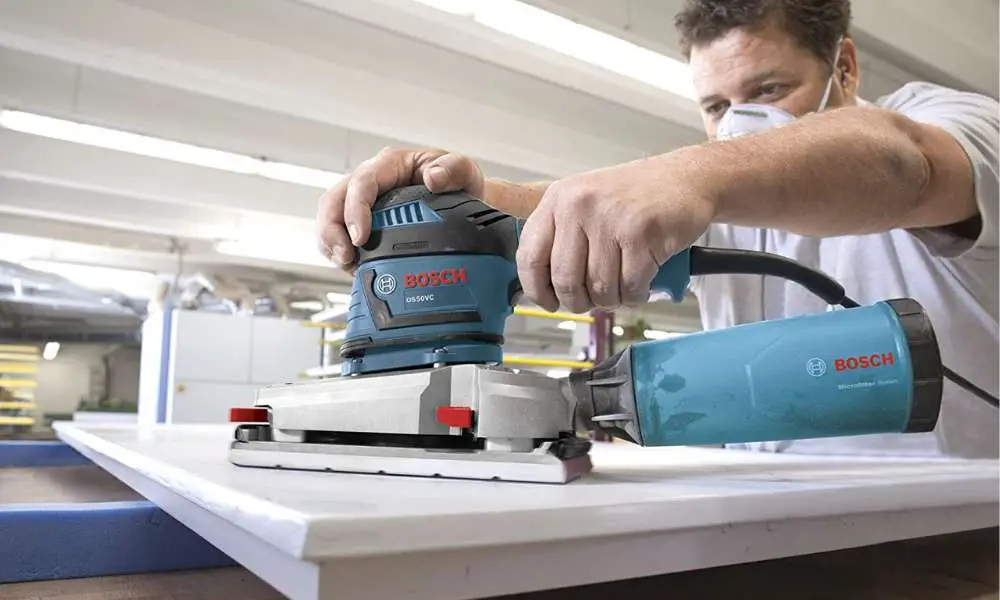Finding the right size air compressor for my air tools can help me save money, work more efficiently, and avoid unnecessary wear on equipment. The best air compressor size depends on the airflow and pressure needs of the specific air tools I use most often. Most common air tools, like impact wrenches or spray guns, have required ratings that are measured in CFM (cubic feet per minute) and PSI (pounds per square inch).

If my compressor is too small, my tools might not work well or keep up with the job. Choosing a compressor that’s too large could waste energy and cost more to run. In this post, I’ll share how I match my compressor to my air tools and what I consider to make sure I get the best performance and value.
Contents
Understanding Air Compressor Sizes

To choose the right air compressor, I need to look at airflow, pressure, the type of compressor, and how large a tank is needed. Making sense of these traits will help me match the compressor with my air tools and tasks.
CFM and PSI Explained
The two most important numbers on an air compressor are CFM (cubic feet per minute) and PSI (pounds per square inch). CFM tells me how much air the compressor delivers in a minute, and PSI tells me the pressure level of that air.
Each air tool has a required CFM and PSI to work well. For example, a brad nailer might need 2 CFM at 70 PSI, while an impact wrench could need 5 CFM at 90 PSI. If my compressor can’t meet the tool’s needs, the tool won’t work right.
I always have to check both numbers to make sure the compressor matches or beats what my air tools require. If I use more than one tool at once, I add their CFM numbers together.
Types of Air Compressors
Compressors come in several designs. The most common for home and shop use are piston (reciprocating) and rotary screw compressors. Piston compressors use pistons to compress air and are cheap and reliable for small jobs. Rotary screw compressors are quieter and built for bigger, continual use.
There are single-stage and two-stage piston compressors. Single-stage models compress air once and are fine for low-pressure jobs. Two-stage compressors compress air twice, so they reach higher PSI and can run tougher tools. I pick the type based on how much air and pressure my tools need and how often I use them.
Oil-free compressors are good if I want less maintenance. Oil-lubricated models usually last longer with proper care. If I work in a clean space or need portable air, oil-free often makes sense.
Tank Size and Its Importance
The tank on an air compressor stores compressed air. Tanks are sized in gallons and range from small 1-gallon units to much larger 60-gallon versions. A larger tank lets me use air tools longer before the compressor turns on again.
If I’m running tools for only a few seconds at a time, like a nail gun, a small tank is fine. For spraying paint or using a sander, I need a bigger tank to keep enough airflow. Larger tanks prevent the motor from cycling on and off too often, which can help the compressor last longer.
Here is a simple table showing common sizes:
| Tank Size (Gallons) | Typical Uses |
|---|---|
| 1–6 | Staplers, brad nailers |
| 8–20 | Impact wrenches, drills |
| 30+ | Grinders, sanders, spraying |
My choice depends on how much air I need at once and for how long my tools will be in use.
Matching Air Compressors to Air Tools

Choosing the right air compressor requires knowing the needs of each tool. I focus on air flow (CFM), pressure (PSI), and the tool’s duty cycle to make sure they match the compressor’s output.
Requirements for Common Air Tools
Different air tools have different requirements. For example, small brad nailers usually need only 0.5-1 CFM at 70-90 PSI. Impact wrenches often need 4-5 CFM at 90 PSI. Paint sprayers may need 6 or more CFM.
Here’s a table with average needs:
| Tool Type | CFM Required | PSI Required |
|---|---|---|
| Brad Nailer | 0.5–1 | 70–90 |
| Impact Wrench | 4–5 | 90 |
| Paint Sprayer | 6+ | 40–60 |
| Die Grinder | 4–6 | 90 |
| Ratchet Wrench | 3–4 | 90 |
I always check the specific tool’s manual for its rating since these are averages. If I run multiple tools together, I need to add their CFM needs.
How to Calculate the Right Compressor Size
First, I find the highest CFM requirement at the PSI I’ll use. Then I add up the CFM of all tools that may run at the same time. For example, if I run a paint sprayer (6 CFM) and a die grinder (5 CFM) at once, I need at least 11 CFM at the higher PSI required.
To prevent the compressor from overworking, I add a safety margin—usually 25% more CFM. So, I multiply the total CFM by 1.25 to get the needed compressor rating.
Other factors include tank size and power source. A bigger tank is better for tools that run non-stop, like grinders or sanders. I match the compressor’s rating to my tools and usage to avoid performance problems.
Factors Influencing Your Air Compressor Choice

When I pick an air compressor for my tools, I focus on both performance and practical needs. Power alone isn’t enough; how the compressor fits my workflow and workspace matters just as much.
Duty Cycle Considerations
The duty cycle tells me how long the air compressor can run before it needs a break. For example, a 50% duty cycle means it can operate for half of every ten-minute period, then must rest. Most air tools, like impact wrenches or spray guns, need steady airflow for longer jobs. If I use tools that run a long time without stopping, I need a compressor with a high duty cycle.
Key factors affecting duty cycle:
- Job type: Continuous tools (e.g., sanders) need higher duty cycles.
- Compressor type: Reciprocating models often have lower duty cycles than rotary screws.
- Cooling: Well-cooled models work longer without overheating.
Before buying, I always check the manual to see if the compressor can match my work schedule, especially if I plan to use it in a busy shop.
Portability and Space Requirements
The size and weight of the air compressor can be just as important as its power. If I move between projects or work in different locations, I need a portable unit with wheels and a handle. Larger stationary compressors sit in one place and need a dedicated spot in my garage or shop.
Comparing compressor types:
| Compressor Type | Portability | Space Needed |
|---|---|---|
| Pancake/Hotdog | Easy to move | Small footprint |
| Twin Stack | Fairly portable | Moderate |
| Wheelbarrow | Easier to roll | Larger |
| Vertical/Stationary | Not portable | Fixed, large area |
Before choosing, I measure my space and think about how often I’ll move the compressor. I also look at the noise level because compressors in tight spaces can be loud and distracting.
Selecting the Ideal Air Compressor for Your Needs

It’s important to match the air compressor to the specific tools and jobs I plan to do. Compressors come in several types, each with strengths and maintenance needs.
Choosing Between Single-Stage and Two-Stage Compressors
Single-stage compressors push air through one cylinder and usually deliver pressures up to about 125 PSI. I find these work best for simple, home garage tools like nail guns, airbrushes, or staplers. They cost less and are easier to move around, making them useful for light and moderate workloads.
Two-stage compressors use two cylinders in sequence and can reach higher pressures, often up to about 175 PSI. This design lowers heat and increases efficiency, which is essential when I need to run tools like sanders, paint sprayers, or impact wrenches for longer periods. The higher PSI output also lets me power more than one tool at a time or keep up with heavy usage in a workshop. For professional or industrial use, I choose a two-stage model because it supports larger shops with more demanding needs.
| Compressor Type | Max Pressure (PSI) | Best For |
|---|---|---|
| Single-Stage | ~125 | Home/DIY, light tool use |
| Two-Stage | ~175 | Professional, high-demand use |
Oil-Free vs. Oil-Lubricated Compressors
Oil-free compressors do not need oil changes and have sealed bearings. I use these when I want less maintenance or if I am working indoors, like inside homes or clean spaces. They tend to be lighter and cheaper, though they can be louder and may wear out faster with constant use. Oil-free models work best for occasional tasks or jobs where air purity is critical, such as painting or food prep.
Oil-lubricated compressors need regular oil checks and changes, but they last longer and run more quietly. I pick these when I plan to use my tools often or for long periods, especially in workshops or construction settings. The oil helps cool and protect parts, making these compressors reliable for heavy-duty work. They cost more up front, but the investment pays off if I rely on air tools daily.
Maintenance and Efficiency Tips
I keep my air compressor running well by following a few basic maintenance steps. I always check and change the oil if my compressor uses it. I also clean or replace the air filter as needed to prevent dirt from getting inside the compressor.
To improve efficiency, I make sure to inspect hoses and connections for leaks. Even a small air leak can reduce system performance and waste energy.
Here are some quick tips I follow:
- Drain the tank after use to prevent rust.
- Keep the compressor in a dry, well-ventilated area.
- Tighten any loose bolts or fittings.
- Use the correct power source to avoid damaging the motor.
I monitor power usage with a clamp-on power meter when possible. By tracking energy use, I spot problems early and take steps to save power.
Maintenance Schedule Example
| Task | Frequency |
|---|---|
| Check oil levels | Before each use |
| Change air filter | Monthly or as needed |
| Inspect for leaks | Weekly |
| Drain tank | After each use |
By following these steps, I help my compressor last longer and work more efficiently with air tools.




Leave a Reply